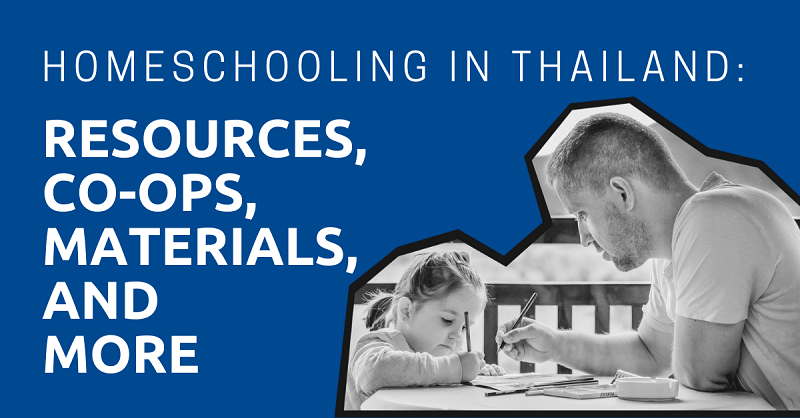
Inside a rented two-story house in Bangkok, parents and their children start to fill the spacious living room and tuck away their backpacks, water bottles, and lunch bags into cubbies labeled with their names.
One father, an engineer, lays down on the table a box of material: batteries, circuit boards, wires, motors, wheels, rods, and empty toilet paper rolls. The children gather around and inspect the electronics that they’ll later learn how to assemble into circuits and battery-operated cars.
The families meet in this house a few times a week, where parents take turns teaching the children cooking, reading, writing, art, math, science, and even computerless coding. They’re all homeschooling families in Bangkok, and the house, their homeschooling co-op.
Homeschooling is a trend that has been gaining momentum in Thailand over the years. Whether in the capital city or the far stretches of the countryside, families have been turning to homeschooling as a viable alternative for their children’s education.
You may be interested in doing just the same, but with all the resources available online, it can feel daunting to pick the right method, find the right resources, and dedicate the needed time. As you’ll discover, however, homeschooling doesn’t have to be complicated.
With ExpatDen Premium, moving to Thailand with a family has never been easier. With your membership, you get immediate and unlimited access to our library containing hundreds of exclusive guides that help your family transition to Thailand hassle-free. Here are just the few of the guides you get access to:
- Detailed Breakdown of Popular Locations for Expats in Thailand
- How to Negotiate Your Rent Down by 40 percent
- Affordable English-Language International Schools in Bangkok
- How to Apply for a US Passport and Citizenship (CRBA) When Your Child is Born in Thailand
…and so much more!
"*" indicates required fields
Disclaimer: This article may include links to products or services offered by ExpatDen’s partners, which give us commissions when you click on them. Although this may influence how they appear in the text, we only recommend solutions that we would use in your situation. Read more in our Advertising Disclosure.
Contents
About Our Homeschooling Family
We moved to Thailand when our first daughter was six months old, and from the start we already knew that we would be homeschooling. It was something we talked about while we were still living in America.
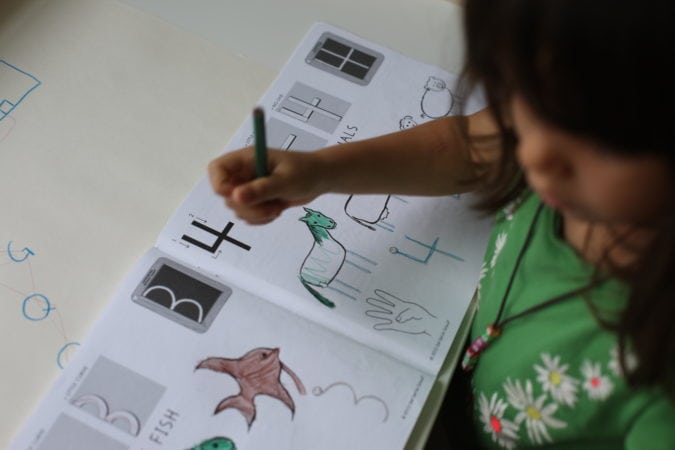
We did face some resistance here in Thailand, mostly from my wife’s family and locals in our neighborhood who had false assumptions about homeschooling or thought we just couldn’t afford to send our kids to school.
But after my wife reassured them that no matter how much money we had, we would never send or daughters to school, they began to understand our passion behind the choice.
Why We Homeschool Our Daughters
Families in Thailand homeschool for many different reasons. Some do it for religious reasons. Some do it for financial reasons.
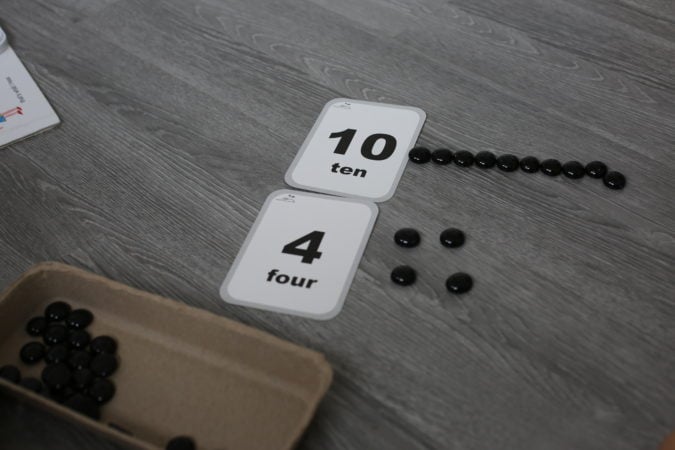
Yet others homeschool because they want their children to get the best education possible with the resources available to them.
In my opinion, if you’re homeschooling with good intentions, any reason is a good reason. I’ll cover three of mine below.
First, homeschooling lets us move at a natural pace and allows my daughters to get undivided attention. If my daughters don’t understand what we cover on any given day, we don’t have to continue just because we’re tied to a curriculum or deadline.
We can slow down, find other ways to explore the subject, or stop all together and revisit the concept if one of our daughters feel overwhelmed.
If they pick up a concept quickly, we can move on to something else. In other words, we can spend as much or as little time on the subject as we need without them feeling like they’re holding up anyone else or waiting around for others to finish.
This would be more challenging at public or private schools, where the class sizes are much bigger.
Second, homeschooling lets us focus on the subjects that matter most to our daughters. We never force subjects on them just because they happen to be part of a curriculum designed by someone with no connection to our daughters’ interests.
Rather, education is more about discovery and exploration and leaning toward what our daughters are naturally curious about.
For example, although they learn the core subjects like math and language arts, they also have interests in Greek Mythology, art, astronomy, farming and livestock, and baking.
As their interests change over time, so does what we learn.
Speaking of subjects, we can study topics in great depth. When learning about astronomy, for instance, we not only learn about constellations from a science textbook.
We can read about them from the point of view of mathematicians, ancient Greeks, or artists. Not only that, but we can walk outside at night and try to find them in the evening sky – if the air in Bangkok is clear enough, of course.
Lastly, one of the main reasons we homeschool is because we want to show our daughters what it means to be lifelong autodidacts.
We want them to know that education continues after a certain month of the year, or after high school or college ends, or after a test is handed in. Education is something that lasts a lifetime. By learning alongside my daughters, I’m hoping they learn by the example I’m setting.
Because of these three reasons, we’re able to have a much richer family experience than if our daughters went to school for eight hours, spent another hour or more traveling to and from, and then had homework to focus on at home.
Finding Homeschool Resources
Finding resources to homeschool my daughters used to be challenging. I would spend hours online researching the perfect curriculum and age-appropriate subjects and materials.
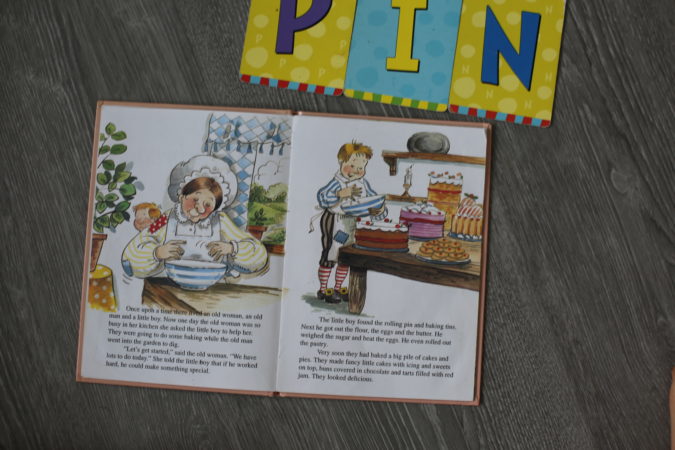
But to be honest, as time went on, I discovered how to make the most out of our options in Thailand. I’ll go over some of the resources our family uses in Thailand in the following paragraphs.
Curriculums
The first thing you’ll want to decide on is the curriculum that best fits into your lifestyle and educational plans.
- Will you want a religious- or secular-based curriculum?
- Do you want a curriculum that focuses on academics or the arts?
- Or no curriculum at all?
- Will you be using screens or do you have a screen-free education policy in your house?
Perhaps you’ll want to blend different curriculums together. To decide which curriculum will work best for your family, you’ll not only have to think about your family’s morals and values, but you’ll also have to get your hands dirty.
Try a few different curriculums and see which one your children naturally gravitate toward. Also, consider which one you feel comfortable teaching.
There’s no point in making homeschooling stressful because your son or daughter will feed off the energy and quickly lose interest.
Over the last five years, I discovered that the Waldorf method works best for my daughters when it comes to language arts and art in general.
For math, we use story-based curriculums like Life of Fred and the occasional Singapore Math workbooks.
When it comes to home economics, we lean toward Montessori’s method. Again, figuring out what works best for our family came only after a few years of trying, and occasionally, failing.
Learning Material
As for the actual material, homeschooling organizations have made it easy to download free and paid-for curriculums and lesson plans.
We especially like Waldorf Inspirations to help us plan our curriculums, as they offer a long list of free resources. For language arts, we tend to use Well Trained Mind. Although they’re in the United States, they offer PDF versions of all their material.
When we have to buy books, we go through Amazon (no Thailand import taxes on books and quick shipping), Book Depository (free shipping to Thailand and no import taxes but takes 30 days), and Kinokuniya (our favorite book store in Bangkok, although they tend to mark up their prices).
Homeschooling Co-Ops
Homeschooling co-ops are another great resource that all homeschooling families in Thailand should use.
At co-ops, you’re children can take extra classes that you can’t teach at home. My daughters go to The Vine Co-Op on the outskirts of Bangkok.
The co-op has or has had families from America, the UK, South Africa, Australia, Singapore, New Zealand, Thailand, and more, meaning my daughters socialize with other children and adults from all over the world, which of course, broadens their perspectives.
One of the easiest ways to find co-ops in your area is by looking on social media. And because homeschooling families in Thailand come from all over the world, searching in your native language will usually yield a decent list of results.
When my wife was looking for homeschool co-ops for our daughters, she searched on Facebook and originally found Little Footsteps in the Bangna District of Bangkok. From there, she connected with other homeschooling families and discovered even more groups, which led us to The Vine.
In hindsight, finding the right homeschooling co-op is like anything else in Bangkok: the longer you’re here, the more you network in the capital city, the more the you discover. The most important thing is just starting somewhere.
Making the Time
Two questions people ask when they find out that we homeschool are: How do we find the time? And, Does Mom or Dad do the teaching?
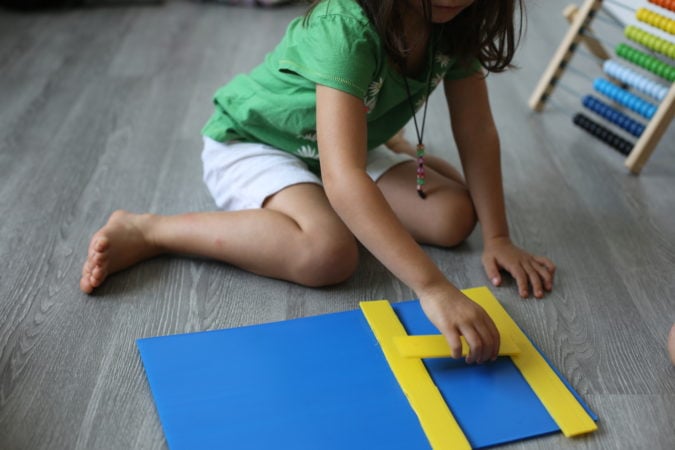
We may be in the minority, but we set up our lifestyle to be a homeschooling family. I rarely accept work if it means I’ll regularly be away from home. And I’ve been fortunate enough to mostly work from home, although it took a few years to build this lifestyle.
My wife, on the other hand, also works from home. With that said, we know plenty of homeschooling families in which the father works away from home, full time. So don’t think you have to make a complete lifestyle change to homeschool your son or daughter.
As for time, I spend roughly two hours per day, four days a week, with my daughters, from eight to ten in the morning, mentoring them through language arts, art, math, science, history, and more.
Because we use the Waldorf method, we work in four- to six-week blocks that let us focus on one main subject and one minor subject.
Right now, for example, we’re working on a six-week language arts block that takes up most of our two hours, then we switch focus to cover math for roughly thirty minutes, followed by art. When math is the main lesson, the focus switches.
After I get done helping my daughters, I go on to work and my wife takes over and supervises as they help with household chores like laundry, dishes, and general cleaning. After they’ve finished their homeschooling activities and household duties, they have free time but still have to read on their own during the day.
On most nights, we use story time before bed intentionally, meaning we pick books that focus on something our daughters are learning during the day.
Lastly, remember that mentoring a lifelong learner while homeschooling isn’t something that happens between eight and four and only on weekdays. It’s something that happens every day, wherever you happen to be.
Learning about arts and crafts? Take a trip to Koh Kret and watch a craftsperson fire a ceramic pot in an oven. Teach your children about math and finance when handing out weekly allowances. Learning about birds? Spend a few days in the mountains of Nakhon Nayok bird watching.
Even dinner time can be a useful resource for homeschoolers. Teaching subjects in real-world applications makes it easier for our daughters to understand. And it saves me time.
Preparing a Space to Learn
Over the last seven years, we’ve lived in all sorts of spaces in Bangkok, from 64-square-meter condos to multi-level detached houses, but no matter where we are, we always find space to dedicate to homeschooling.
We’ve had everything from entire rooms to only a single bookcase, table, and chairs. It’s not what you have, it’s what you do with it.
But what matters even more is that you have some space – no matter how big or small – dedicated to homeschooling. It’ll act as the gathering place, the starting point, for the day and hold all the materials you use.
When we learn, we move from the kitchen table to the couch to the floor to outside. We’re never in one place for too long. If we’re working on math, we may sit at the kitchen table.
When we’re reading, we move to the couch. If we’ve incorporated trains and tracks or building blocks into a lesson, we’re on the floor. For nature study and some geography, we’re outside.
Currently, we live in a condo and still have enough space for homeschooling. We have a blackboard and whiteboard that we use, which we hang from two hooks that are screwed into the top shelf of our bookcase.
When not in use, we slide the boards behind the couch. We also have world maps in tubes that we roll out when necessary. A large folding table acts as an art station. When not in use, it gets folded up and stored in the kitchen. Again, it’s not the space you have, it’s how you use it. You have to get creative.
Life After Homeschool
As of now, we aren’t overly concerned with transitioning our daughters into a public or private school, but we’ve met plenty of families who’ve homeschooled their children only to send them to a public or private school later on.
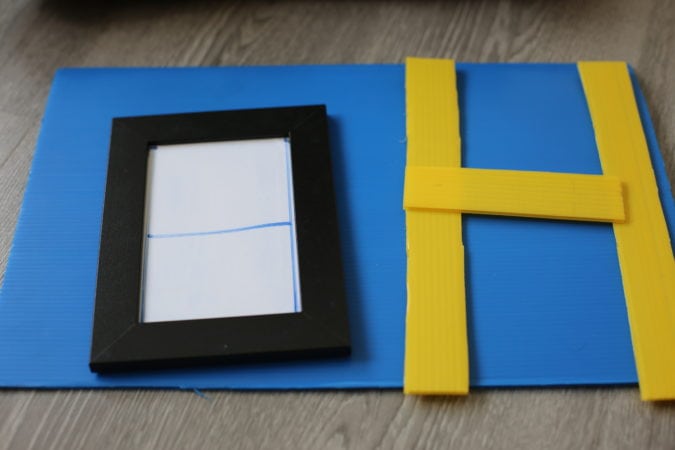
One family from New Zealand, for example, homeschooled their children during the early years, and one of their children later got a scholarship to study at a private international school in Bangkok. Another woman originally from Australia homeschooled her children until 12th grade, and a few of them went on to study at the university of their choice in Australia.
Just because you homeschool, it doesn’t mean your children are cut off from public or private education for the rest of their lives. It’s quite the opposite, actually.
The number of universities and colleges that accept homeschoolers is growing because the percentage of homeschoolers that finish their degrees compared to students who attended public schools is higher.
Now, on to You
As you can see, homeschooling in Thailand doesn’t have to be that difficult.
With the right resources, a few hours of undivided time for at least four to five days a week, and a desire to learn alongside your children, you can start your family’s homeschooling journey today.
While it might not always be the easiest route, it is, in the end, the most rewarding—not only for your children, but for you, the parent, as well.









Incredible article, so helpful! Thanks John!
Thank you for this article. Now to search for a co-op near to Pattaya! We have just arrived and hoping to meet other homeschooling families in the area.
Hey thanks for posting! We will be in Phuket and this list of resources for materials was helpful! Thank you!
I have also looked on FB and found some homeschool groups that also sell used materials or texts and coordinate meet ups!
Thanks!